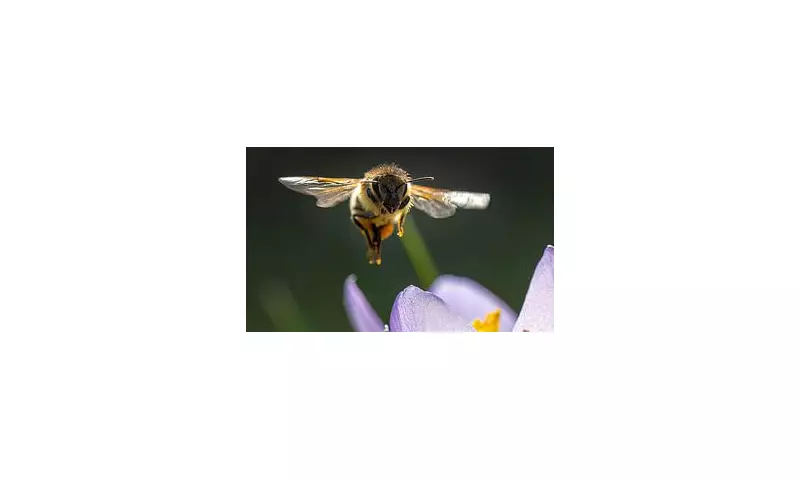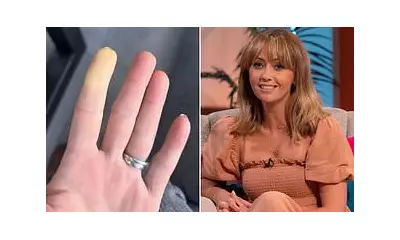
The quest for youthful skin has taken a remarkable turn, with the beauty industry abuzz over an unexpected ingredient: bee venom. This natural compound is rapidly gaining recognition not as a threat, but as a powerful ally in the fight against ageing, offering a scientifically-backed method to rejuvenate the complexion from within.
The Science of the Sting: How Bee Venom Works
At the heart of this innovation is a potent peptide called melittin, the key active component in bee venom. Its mechanism is both clever and effective. When applied topically, melittin mimics a controlled, mild injury to the skin. This clever deception doesn't cause real harm but successfully triggers the skin's innate repair systems.
The skin, believing it needs to heal, ramps up production of its essential building blocks. This includes a significant boost in collagen, elastic fibres, and hyaluronic acid – the very substances that keep skin looking plump, firm, and smooth. At a molecular level, this 'mini-sting' interacts with fibroblasts and mast cells, immediately increasing blood microcirculation to deliver oxygen and nutrients, while signalling for a strengthened skin support structure.
From Hollywood to the Lab: The Rodial Breakthrough
The potential of bee venom recently captivated Maria Hatzistefanis, the founder of the acclaimed skincare brand Rodial. Inspired by the 'Hollywood Bee Facial' popularised by celebrities for its firming effects, she collaborated with scientists to create a product that delivers the benefits without the sting. The result is the Bee Venom Super Serum.
This serum is formulated with ethically derived melittin peptides and is clinically designed to boost collagen production, reduce the appearance of fine lines and wrinkles, and smooth and firm the skin for a plumper appearance.
Clinical Proof and Ethical Harvesting
The claims are supported by compelling research. In one 28-day study of 23 women, a bee venom cream was found to have noticeably improved overall skin condition and reduced the depth of facial wrinkles. A separate 12-week trial focusing on 22 participants with crow's feet reported measurable reductions in wrinkle count, total wrinkle area, and average wrinkle depth.
Critically, Rodial's R&D team emphasises that their harvesting process is both ethical and sustainable. Collectors use a special glass plate that encourages bees to release small amounts of venom without harm. As their stingers don't get stuck, the bees are not injured or killed. The venom is then dried, purified, and freeze-dried into a powder, with each batch tested for purity and accurate peptide concentration before being incorporated into the serum.
Beyond Bee Venom: The Power of P-Cell Technology
The serum's formula is further enhanced by P-Cell Technology, an ingredient derived from red pepper stem cells grown in a laboratory. This component is rich in antioxidants and has been shown to dramatically increase protein production in skin cells. Lab tests found it nearly doubled protein production within just 24 hours, while clinical trials reported a more than 20% increase in skin elasticity within 20 days.
This potent mix is stabilised in glycerin to protect fragile compounds like melittin and marine collagen, ensuring the serum's potency is maintained.
What to Expect: The Journey to Firmer Skin
Results from bee venom skincare develop progressively. Most users experience an immediate plumping and brightening effect due to improved circulation. More significant changes in firmness and texture become apparent after several weeks of consistent use. Clinical data suggests that after two to three months, users can expect a measurable reduction in wrinkles and firming as new collagen fibres form.
Once associated solely with painful stings, bee venom has been transformed through science. It now stands at the intersection of biology and beauty, a natural defence mechanism repurposed into a sophisticated tool for skin repair and rejuvenation.





